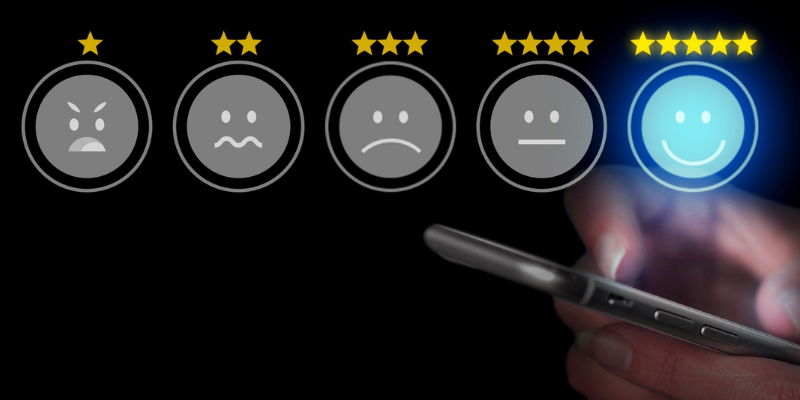As the utilities industry continues to face mounting challenges such as extreme weather events, inflation, and disruptions in the supply chain, its primary focus on maintaining essential services has proved vital. Unfortunately, this focus often comes at the expense of creating more engaging and personalized customer experiences. In recent years, consumer expectations have shifted towards innovative, tech-driven interactions with their utility providers. This growing demand for digital transformation presents an opportunity for utilities to enhance customer experience (CX) significantly using data and technology. By closing the communication gap between utility companies and consumers, utilities can transform mundane interactions into meaningful engagements that fulfill modern expectations.
Bridging the Communication Gap
One of the most pressing challenges for utility companies is the disconnect in communication with their customer base. Traditionally, interactions are limited to addressing service outages or billing inquiries, leaving little room for personalized engagement. Research by Foundever® indicates that 38% of consumers are willing to share personal data to receive more customized services. This statistic underscores a significant opportunity for utility providers to leverage their existing data streams, such as those from smart meters, to offer valuable insights into consumer energy usage and habits. By doing so, utilities can not only provide more tailored experiences but also foster a deeper connection with their customers, who are increasingly interested in sustainable energy consumption practices.
Beyond merely addressing service disruptions and billing issues, utility companies can utilize data to provide targeted advice and solutions to individual customers. For instance, by analyzing data from smart meters, utilities can offer personalized recommendations for energy-saving practices or appliances, thereby aligning with the growing consumer preference for environmentally friendly options. Such proactive engagement can turn a traditionally reactive industry into a proactive partner in the eyes of the consumer, ultimately driving customer loyalty and satisfaction.
Empowering Contact Centers
Another critical component in enhancing customer experience lies in the empowerment and optimization of contact center teams. By meticulously tracking all interactions within these centers, utility companies can gain a comprehensive understanding of the customer journey. This tracking enables them to streamline processes, recognize and reward employee efforts, and, most importantly, address customer issues more efficiently. The introduction of automation and conversational AI, including chatbots, social media self-service options, and IVR call routing systems, serves to offload routine tasks from human agents, allowing them to focus on more complex queries and providing a higher level of customer service.
Moreover, integrating these advanced technologies within contact centers not only reduces operational costs but also significantly enhances workforce performance and customer satisfaction. With more automated systems in place, the response time to customer inquiries can be dramatically shortened, leading to quicker resolutions and a more seamless customer experience. In turn, this can result in increased trust and loyalty, as customers feel their concerns are being addressed promptly and effectively. In this way, contact centers become not just problem-solving hubs but pillars of a superior customer experience, bolstered by data-driven insights and advanced technological solutions.
The Importance of Integrated Solutions
A key factor in improving customer experience is empowering and optimizing contact center teams. By meticulously tracking all interactions, utility companies can fully understand the customer journey. This allows them to streamline processes, recognize and reward employee efforts, and, most importantly, address customer issues more efficiently. The use of automation and conversational AI, including chatbots, social media self-service options, and IVR call routing systems, helps offload routine tasks from human agents. This enables agents to focus on more complex queries, providing a higher level of customer service.
Moreover, adopting these advanced technologies in contact centers not only reduces operational costs but also significantly boosts workforce performance and customer satisfaction. With more automated systems, response times to customer inquiries are dramatically shortened, leading to quicker resolutions and a smoother customer experience. As a result, customer trust and loyalty increase, as their concerns are addressed promptly and effectively. Overall, contact centers evolve from merely solving problems to being pillars of an exceptional customer experience, backed by data-driven insights and advanced technology.

